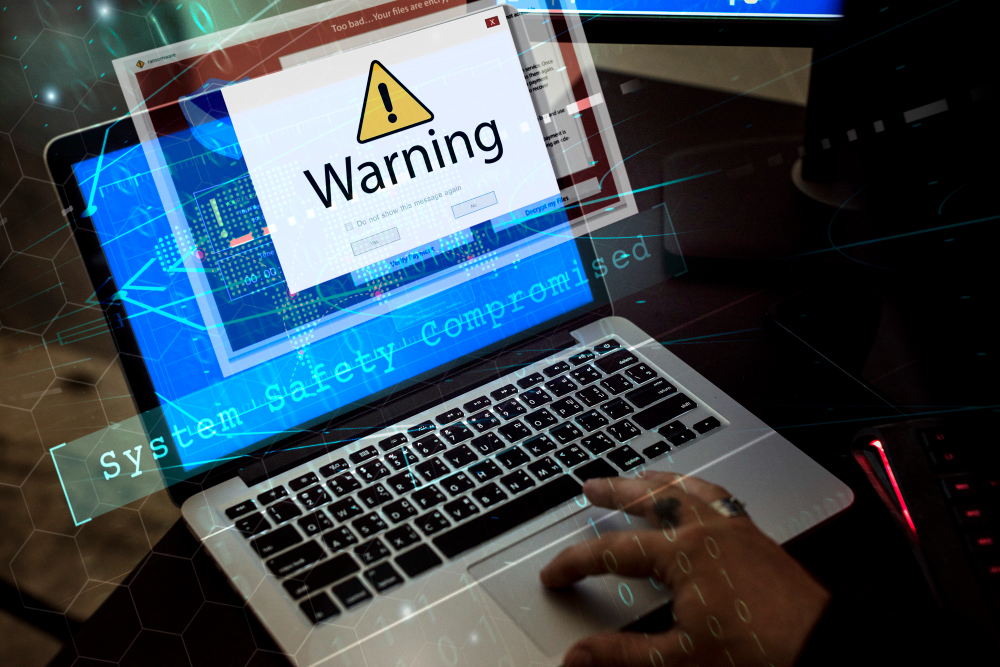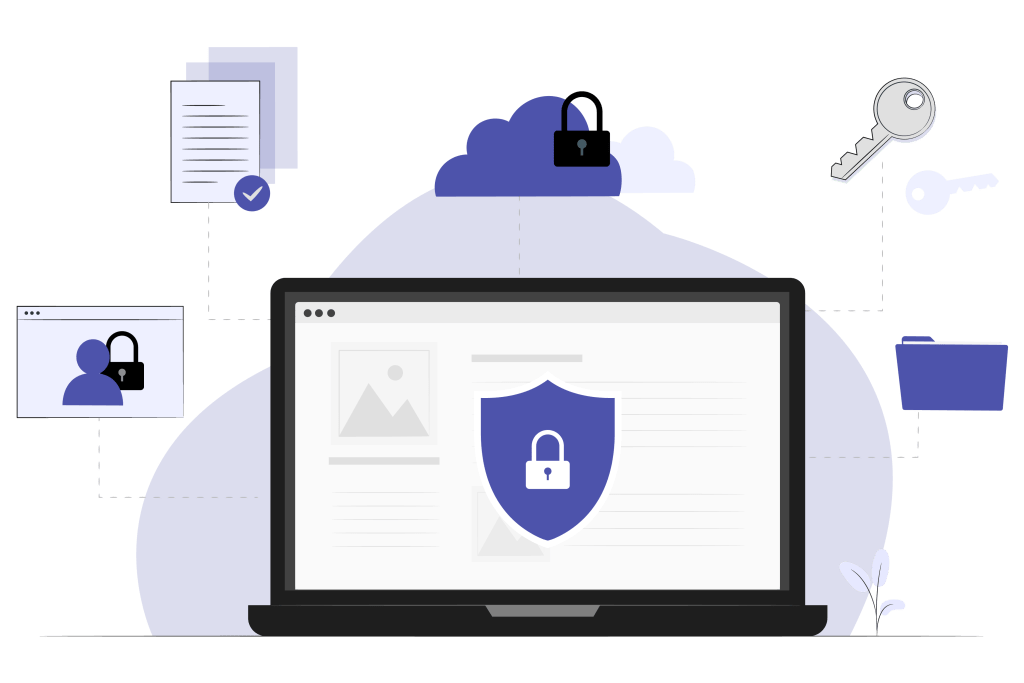
Introduction
Digital transformation in education has brought about incredible innovation through School MIS. With apps, virtual classrooms, and online assessment tools, students can now learn in ways never before possible. But in the rush to adopt new tech, many overlook a critical concern: student privacy and the security of the student database. In a recent survey, 44% of chief technology officers of schools said their educational institutions don’t offer cybersecurity training for their educators.
Modern MIS platforms often require users to enter personal information, academic performance, and other sensitive data. While some tools implement robust safeguards, others open doors to phishing scams, malware programs, and harmful threats to cybersecurity for schools. With data privacy and the importance of cybersecurity for schools gaining global attention, how can you tell if the EdTech tool you’re using is helping or harming?
Let’s break down the difference between safe and shady EdTech—and how to tell which is which.

The Hallmarks of Safe and Secure MIS.
Safe School MIS platforms are built with security at their core. Here’s what to look for:
Transparent Data Policies
If a platform explains clearly how it collects, stores, and protects your data—especially the student database—it’s a good sign. Look for how the company handles student privacy, who has access to the data, and whether third parties are involved.
Strong Password Protection Measures
A secure system uses advanced password protection techniques like multi-factor authentication and regularly prompts users to update passwords. These defenses help prevent unauthorized access and keep sensitive data safe from school data breach risks.
Encryption of Data
Reputable platforms encrypt data in transit and at rest, minimizing the risk of data leaks and protecting the student database from interception or theft.
Regular Software Updates
Consistent updates are a sign that the platform is actively maintained. These updates patch vulnerabilities and remove potential backdoors for malware programs or other cybersecurity for schools risks.
Compliance with Legal Regulations
Safe EdTech complies with student data protection regulations like FERPA, COPPA, and GDPR. These rules are designed to protect student privacy and ensure that companies are held accountable for improper use of data.

The Red Flags of Unsafe MIS.
Even polished platforms may pose hidden dangers. Here’s how to spot them:
Vague or Missing Privacy Policies
If a platform doesn’t clearly explain its data policies, it’s likely exploiting student privacy. Some may collect information without consent or sell it to advertisers.
Lack of Basic Security Features
A platform without encryption, password protection, or login verification exposes schools to cybersecurity threats like phishing scams or school data breaches.
Ad-Heavy Interfaces or Pop-Ups
Shady EdTech often comes bundled with intrusive ads or downloads, which can carry malware programs or redirect students to malicious websites.
No Developer Transparency
Trustworthy EdTech platforms have clear ownership, a reputable team, and customer support. If you can’t find who runs the platform, it may be a cover for data harvesting.
No Updates or Technical Support
Neglected platforms often have unpatched security holes. Without regular updates or responsive support, even small security risks can spiral into major issues.

How to Identify a Safer School MIS?
Protecting the student database starts with smart decision-making. Use this checklist to find safer tools:
Consult IT or School Admins: Educational professionals often have insights into trustworthy tools.
Check User Reviews: See what other educators or institutions say about the platform’s safety.
Look for HTTPS & SSL: Secure websites begin with “https” and have a lock symbol.
Research the Team: Investigate who created and runs the platform.
Test Customer Support: Ask questions or raise concerns and note how quickly they respond.
Run Security Scans: Scan downloads with antivirus software, and choose cloud-based platforms—they offer better security, automatic updates, and centralized protection.
Favor Paid or Endorsed Tools: Many free tools compromise student privacy for profits. Look for tools recommended by your school or verified partners.

Conclusion
Not all School MIS platforms are created equal. Some are fortresses built with cybersecurity for schools in mind, while others are digital landmines waiting to explode. Understanding the importance of cybersecurity for schools and safeguarding student privacy ensures your chosen platforms safeguard—not exploit—your information. By knowing what to look for and what to avoid, you can confidently integrate technology into the classroom while keeping your student database secure from school data breach risks, phishing scams, and other evolving threats.
FAQs
1.What are the warning signs that an MIS may not be secure?
Some red flags include lack of encryption, outdated software, insufficient data access controls, third-party data sharing without consent, and absence of regular security audits.
2. How can schools ensure their MIS is safe and compliant?
Schools should choose MIS providers that comply with data protection laws like GDPR or FERPA, conduct regular security audits, train staff on data safety, and implement role-based access controls.
3. What should be done if a student data breach is suspected?
Schools should notify affected individuals immediately, follow legal reporting obligations, investigate the breach source, and take corrective actions to secure the system
4. How can schools improve MIS privacy practices?
• Choose security-first vendors
• Train staff on data handling
• Review and update privacy policies regularly
• Limit access to sensitive information
• Involve parents and students in data decisions
5. How can I tell if my school’s MIS is secure?
Check if the system:
• Has role-based access control
• Is GDPR, FERPA, or COPPA compliant
• Provides regular security audits
• Has clear data retention and deletion policies
• Uses end-to-end encryption
